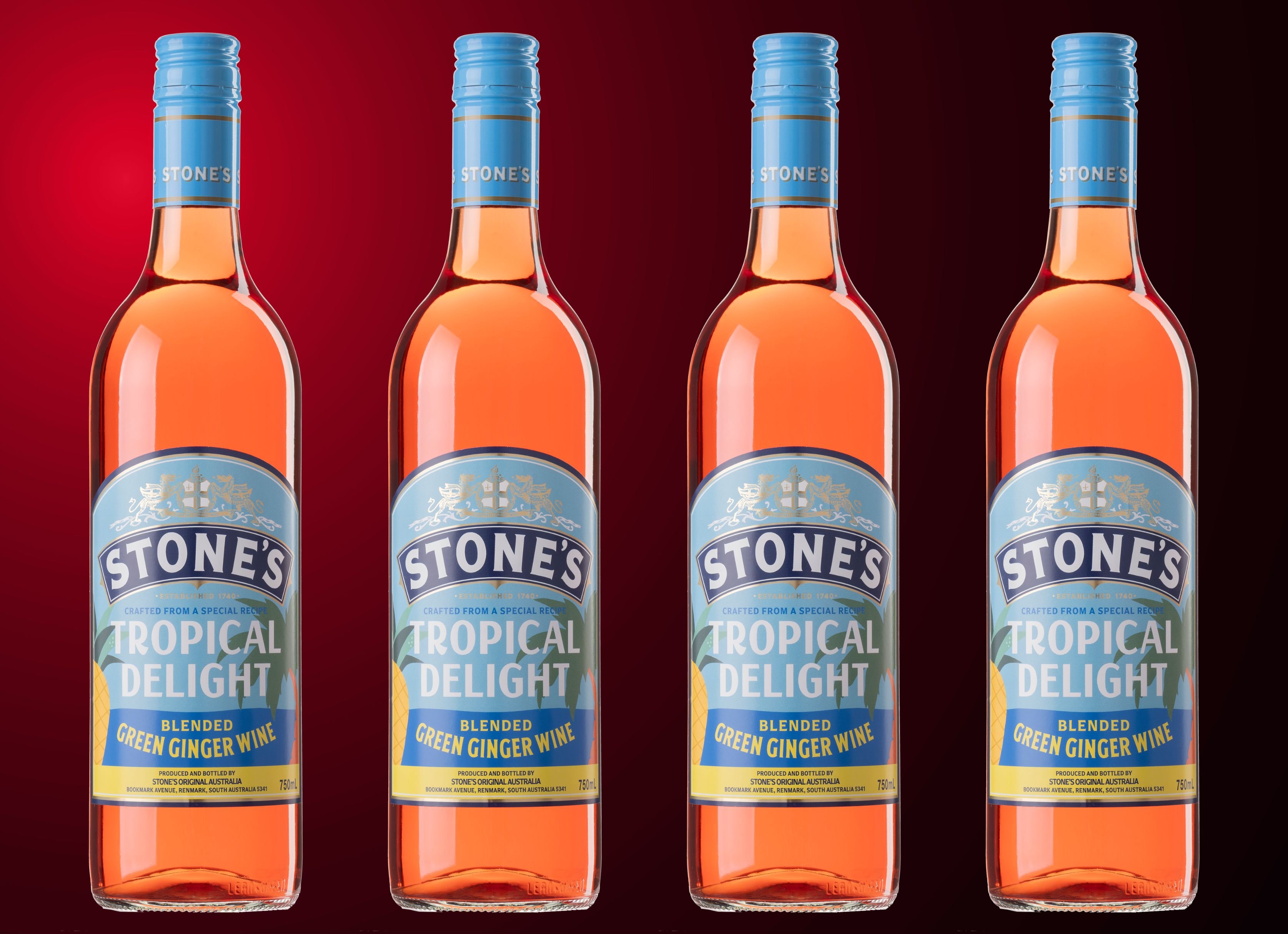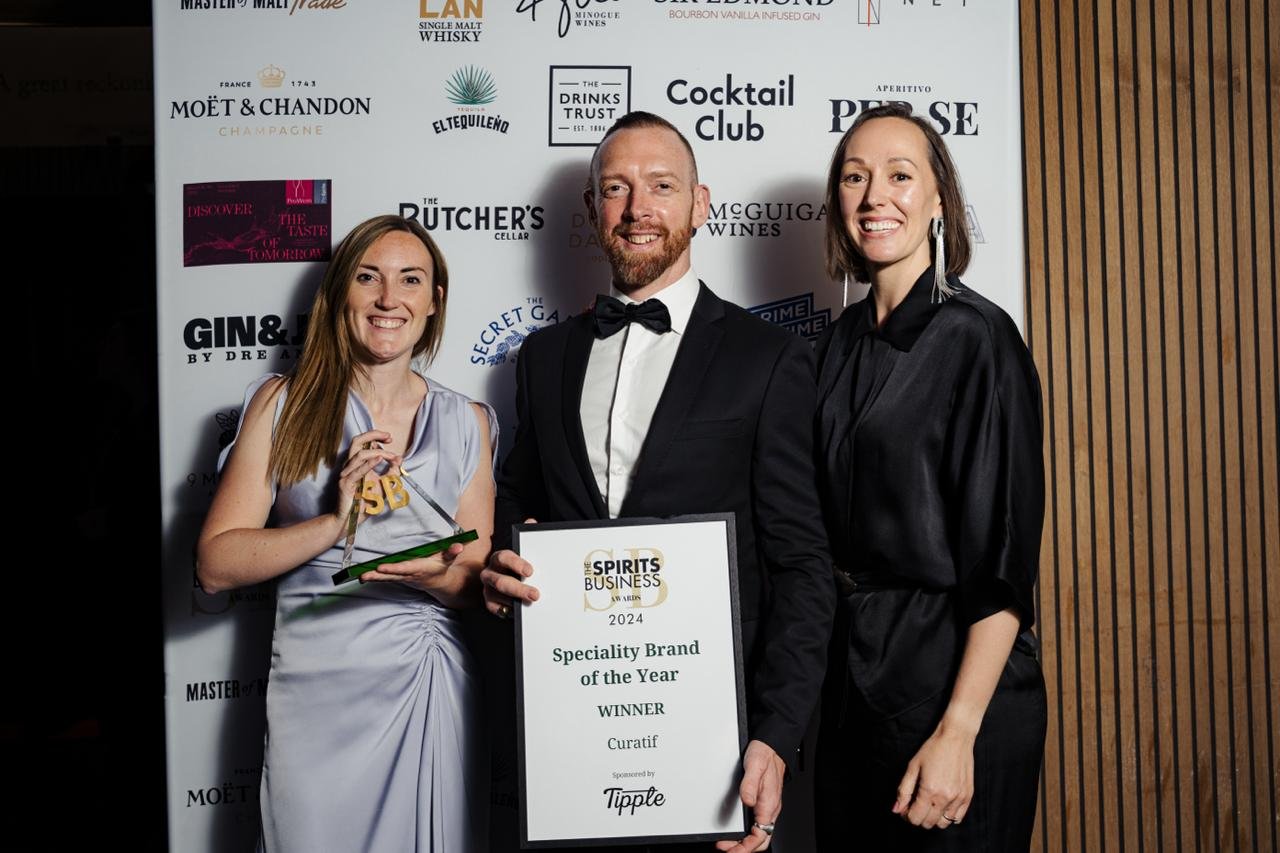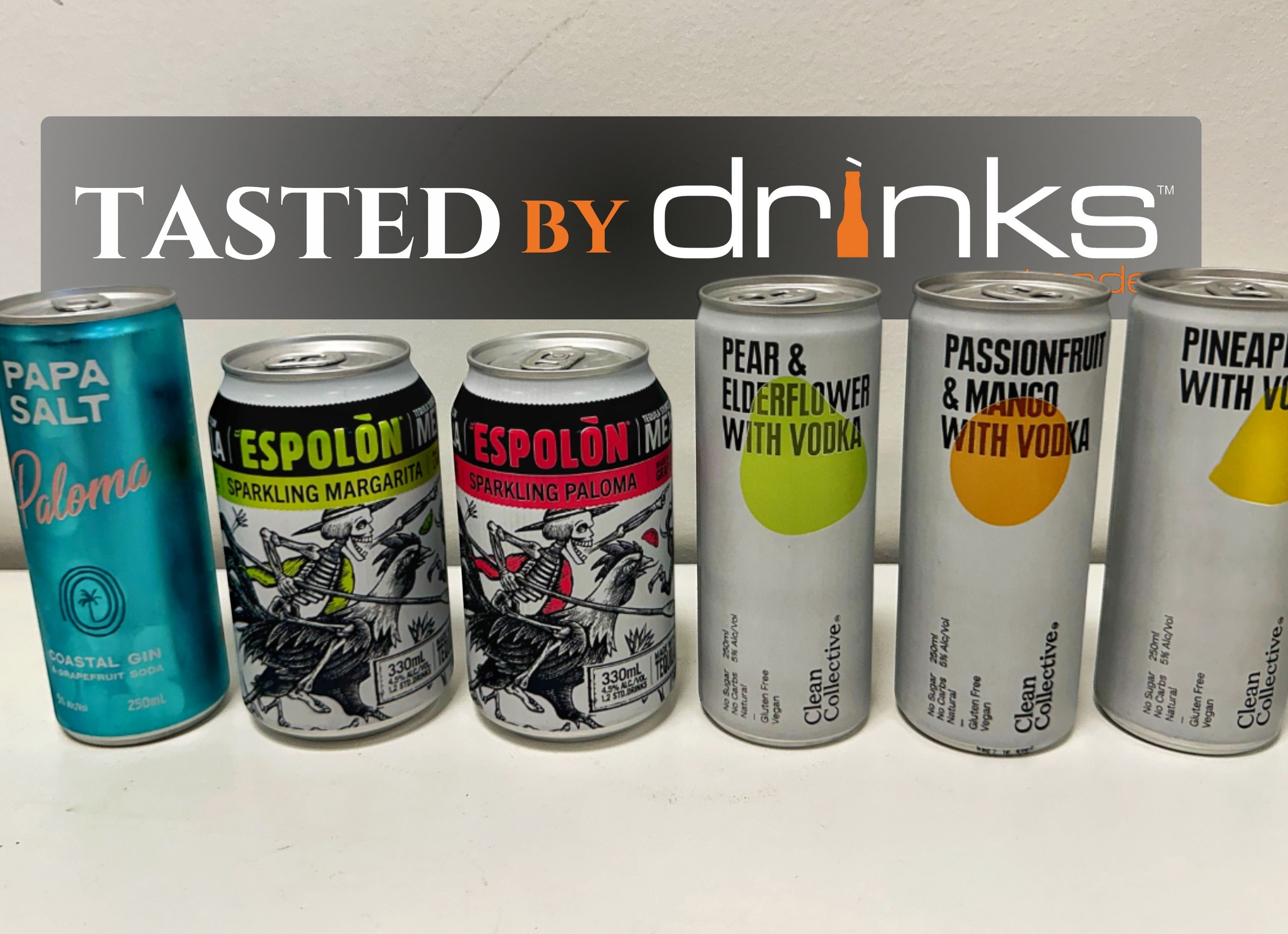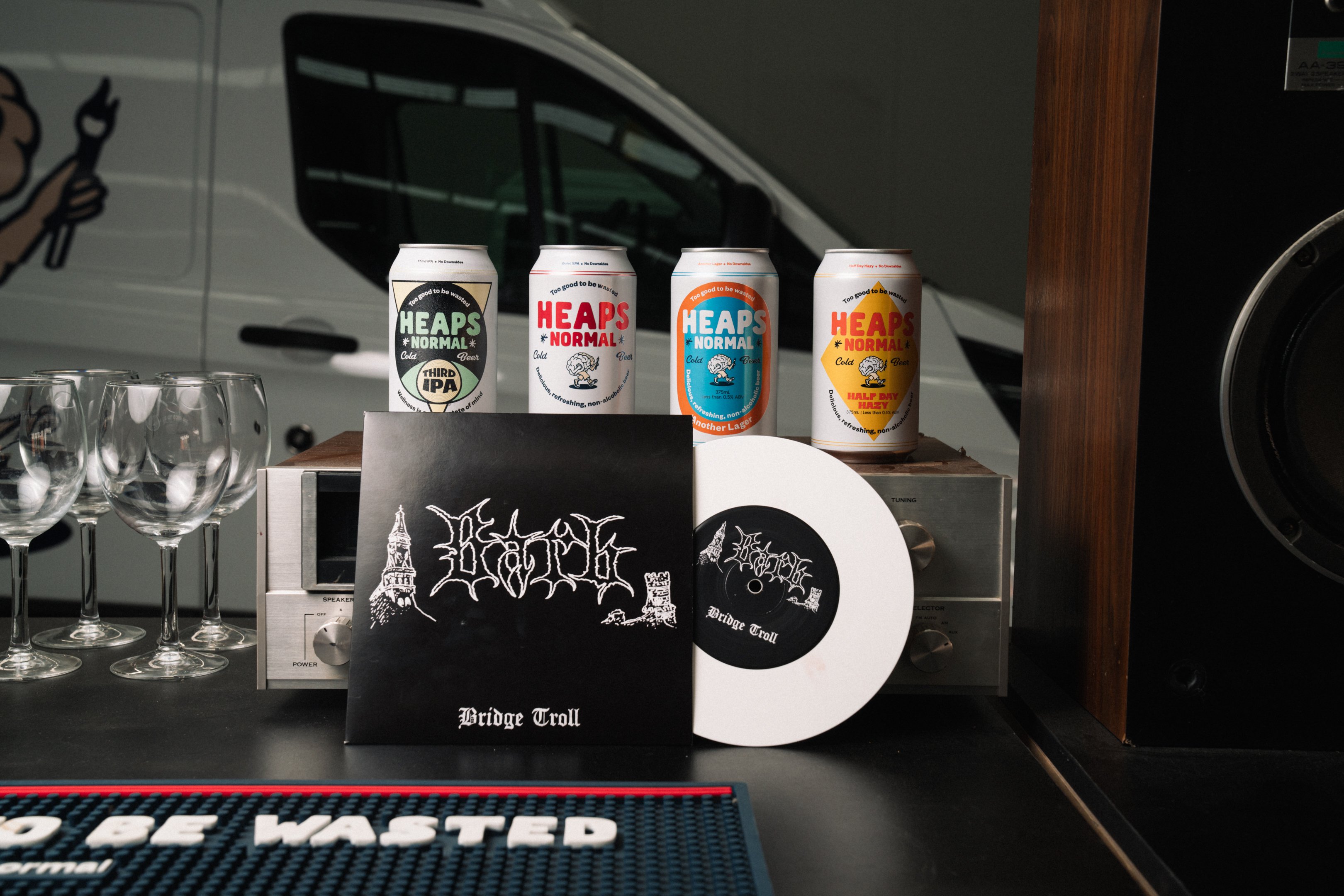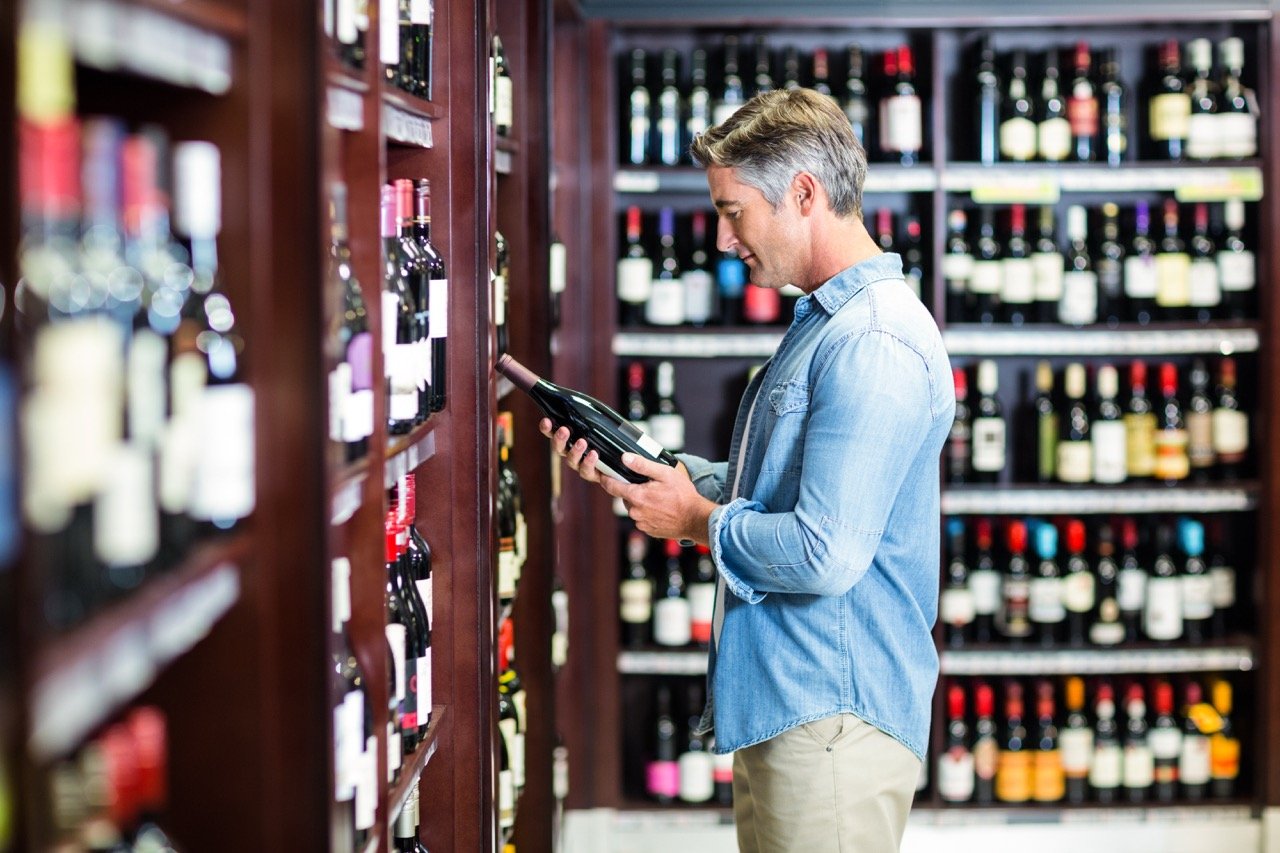The TURBINE precinct is a not-for-profit food and beverage manufacturing and education precinct that, once completed, will provide a unique opportunity to Australian businesses looking to upscale in a less capital intensive way.
Thus far, the initiative has received $42 million in Federal Government funding and is expected to be operational from March 2025. Its advertising campaign will begin this 15 April, after which it will be open to Expressions of Interest from businesses looking to reserve a space at the Caloundra site.
Drinks Trade sat down with Andrew Eves-Brown, CEO at TURBINE, to discuss the precinct and what opportunities it will offer to the Australian liquor industry.
Drinks Trade: What’s the concept behind TURBINE?
Andrew Eves-Brown: TURBINE is an Australian first, almost a world first, in a blueprint for collaborative manufacturing, education and innovation.
The whole idea of TURBINE is [that] these smaller companies that are coming up with new ideas, new ways of producing better-for-you foods, really struggling scaling for a business to go from that just one to two million dollars to being a successful company, they go through a huge valley where they have capital intensity, lots of resources and skills required, but don't always have the financial resources to do so.
So, the idea behind TURBINE is actually to provide a pathway for these businesses to really bridge that valley by sharing in shared services, shared infrastructure and shared resources so that we can navigate the valley quicker to get to commercialisation and success quicker than it usually takes, but also cheaper by sharing those resources across a number of businesses.
DT: What does that look like exactly?
AEB: TURBINE is going to be a physical precinct: so it's very much that hard infrastructure to help share and grow services and grow businesses… Within that, the building (which will be around 17,000 square metres), there will be provided by TURBINE the capital to assist that growth. So there will be boilers, chillers, wastewater treatment plants, industrial gases and that infrastructure provided [as] a pay-for service.
And then the physical space for people to run their businesses which will be again their added value space to then actually sharing onsite warehousing that will be shared by everyone onsite, offering that will be shared by everyone.
As small businesses grow, they tend to over-recruit… [TURBINE will allow companies] to share some of those resources across a number of businesses so that they don't have to over-invest before they grow to that point, to really hopefully accelerate growth and make growth less capital intensive.
DT: What sort of businesses will it suit best?
AEB: There's tenancies of all sizes, so a lot of the small to medium businesses. There are small tenancies of 300 square metres, 600 square metres, then going up to really underwriting the precinct having some larger [tenancies] which can range from 2000 square metres up to 8000 square metres of space.
DT: So TURBINE is an all-inclusive food and beverage platform, but can you talk to its specific suitability to the liquor industry?
AEB: It's spread right across the arena of both food and beverage but beverage tends to be a very capital intensive industry where faster machines, faster canning machines, faster bottling machines, is actually very capital intensive.
The ability to actually consolidate that and have larger machines that can be used by either a number of people or in a contract packing format really does lend itself very much to the beverage industry.
To a certain extent a lot of the ‘end’ formats are very similar… [For example, for] the wine industry, that consolidation and running products more efficiently ends up being a cheaper overall cost. So [it] very much lends itself to both beer, non-alcoholic drinks and spirit beverages.
DT: It seems to me that the project shares some similarities to the big wine cooperatives… Are you worried the shared resource and labour at TURBINE might result in a similar focus on bulk over quality?
AEB: Hopefully not necessarily the case. Because those big cooperatives are really focusing on one objective, which is bottling and making the bottling as efficient and effective as possible, it tends to lead to standardisation; whereas what we're hoping to achieve within TURBINE is that these businesses have all run in their own rights and having their own purpose and their own values but within a shared environment that enables them to just reduce those [costs].
By sharing them just reduces the cost for everyone. By sharing warehouse space, by sharing engineers doesn't really change the personality of the business, but it does affect the cost base.
DT: Can you talk about who’s backing the precinct and the government funding you’ve received?
AEB: TURBINE is a not-for-profit organisation so this isn't a situation where there is an organisation that's taking government money that's going to make itself profitable, the whole purpose as the not-for-profit is that we are a facilitator to make this happen for the businesses that are taking part within the precinct.
The whole initiative of collaborative manufacturing and shared resources has very much been supported by the Federal Government so we have got very pleased to have some significant support through the MMI [Modern Manufacturing Initiative] grants from the federal government and that's to the form of around $42 million, which will really all go into helping to support the capital investment of infrastructure.
As well as that, we're having conversations with both the State Government to help match some of that funding from the Federal Government, and local government because although that is a grant from the federal government it does need to be matched by either other levels of government or private investment.
DT: When will the precinct be up and running?
AEB: We're in the last days of the DAs with council, we've got the land secured, we've got developers ready to go!
As of the 15th of April we'll be going out on our national advertising campaign to attract expressions of interest for tenants so that we can really build out that tenant base to give the developer the confidence to build…
So the real timeline is probably to be starting this project in the next quarter/next six months, and then approximately a 12 month build.
DT: How should interested businesses get in touch?
AEB: We, TURBINE, have a website: so www.turbine.org.au… [Interested applicants should] please go on to the website - all inquiries will come through to myself and our team - and the advertising campaign will start on the 15th of April with EOIs open for anyone interested.
Share the content


